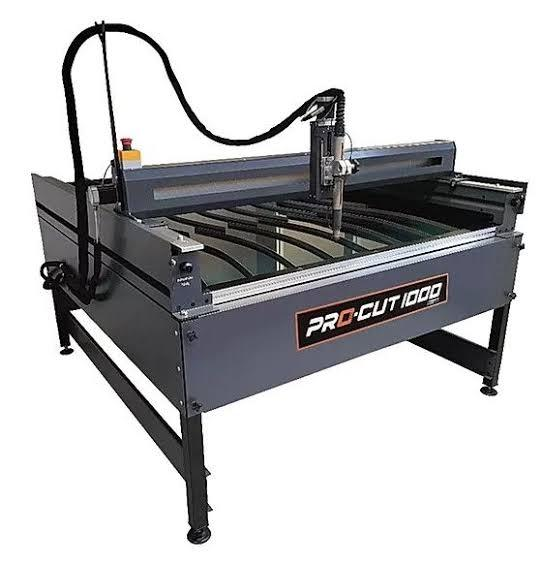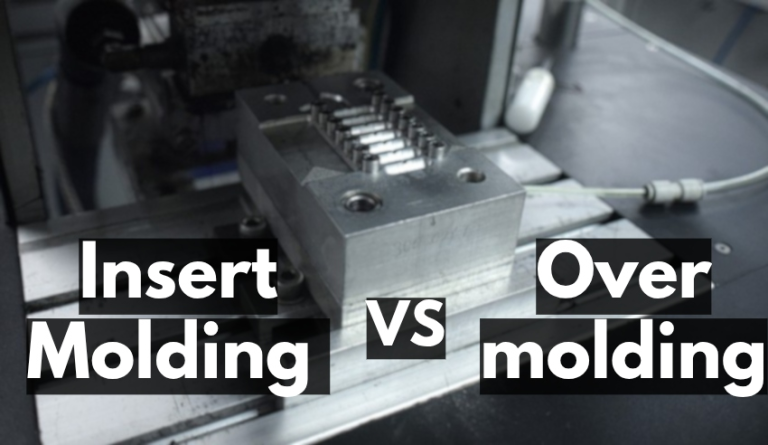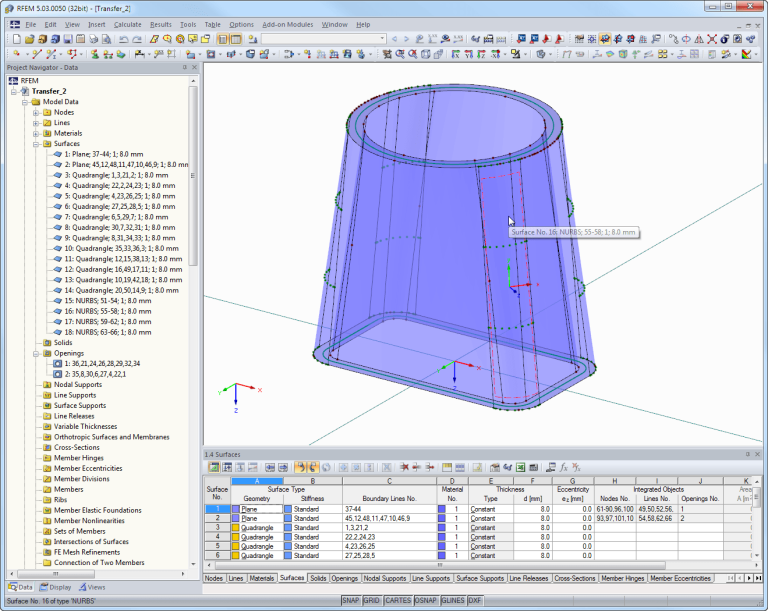3D Printing Services
Try our precise and fast on-demand 3D printing. Our custom 3D printing services turn your designs into reality faster and more efficiently. Upload your design now and get an instant quote with Design for Additive Manufacturing (DfAM) analysis.
- Tolerances as tight as ±0.1 mm.
- Parts delivered in as little as 1 week
- Choose from 50+ material and finish options
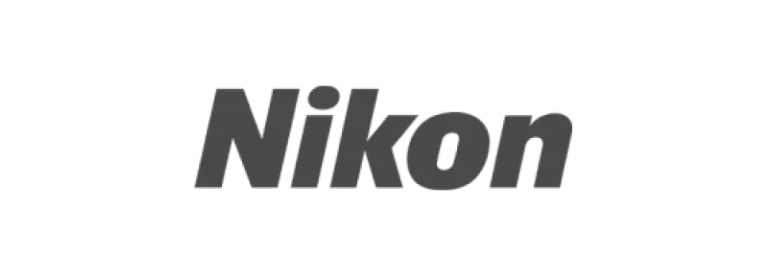

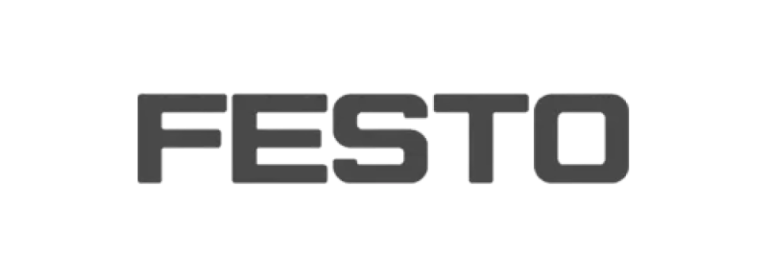
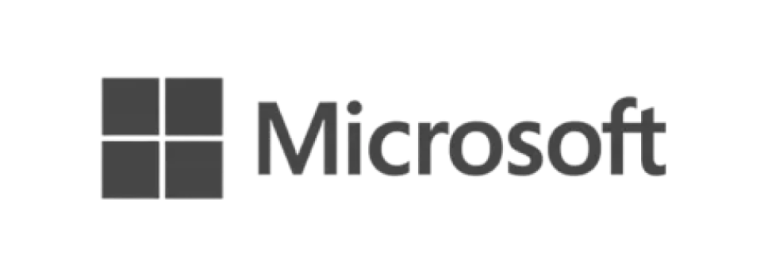
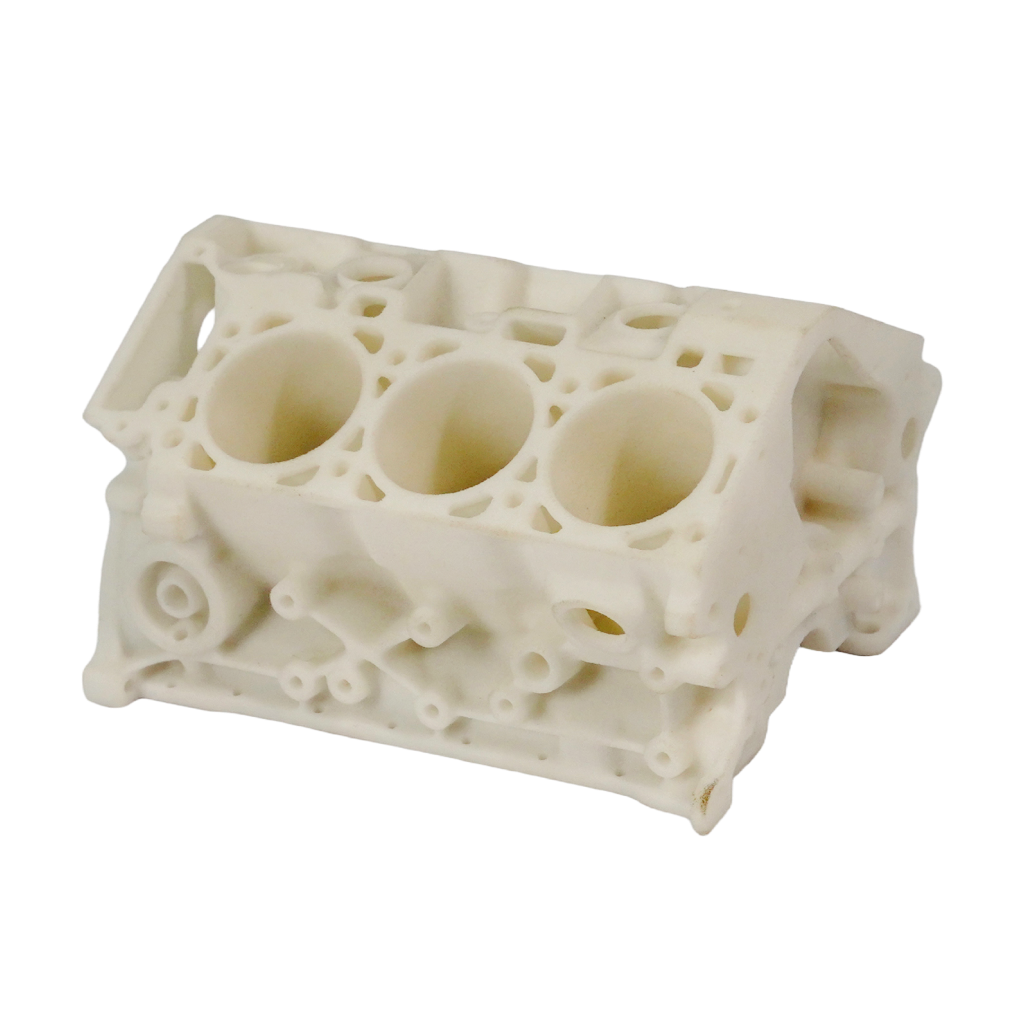
Our 3D Printing Services Capabilities
At LTC Proto, we offer a comprehensive custom 3D printing service designed to meet the diverse needs of our clients. We bring your most intricate designs to life, delivering exceptional quality and performance across various materials.
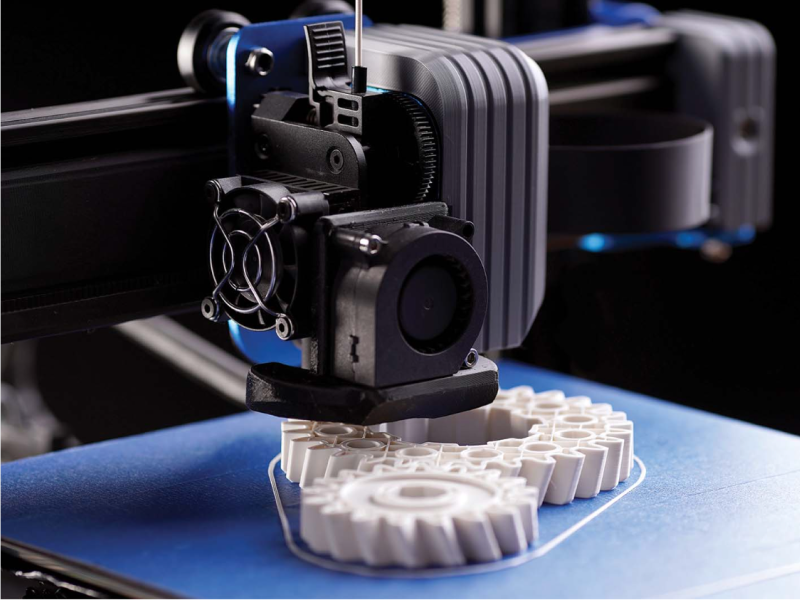
FDM Printing
FDM (Fused Deposition Modeling) is a 3D printing method where melted plastic is extruded layer by layer to create detailed parts, also known as Fused Filament Fabrication (FFF).
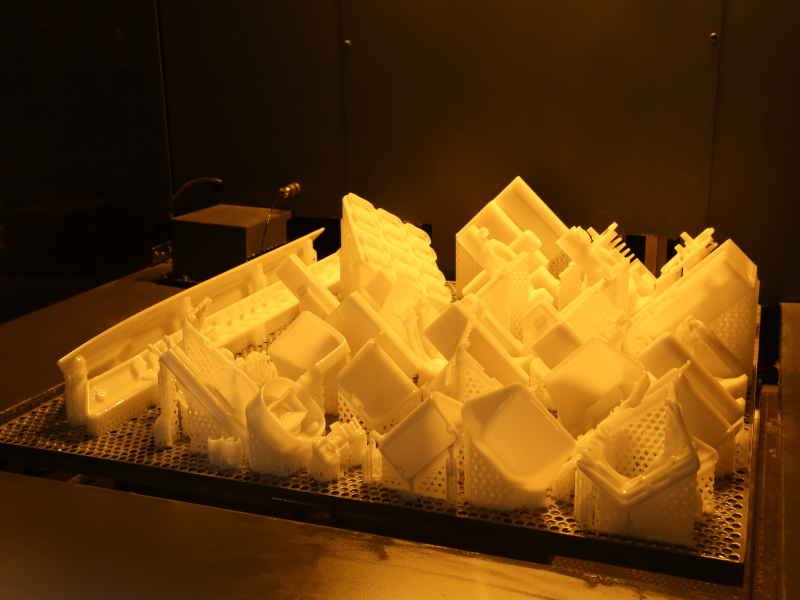
SLA Printing
SLA (Stereolithography) uses a UV laser to build parts layer by layer from liquid resin, creating high-resolution, detailed prototypes with smooth finishes and fine precision.
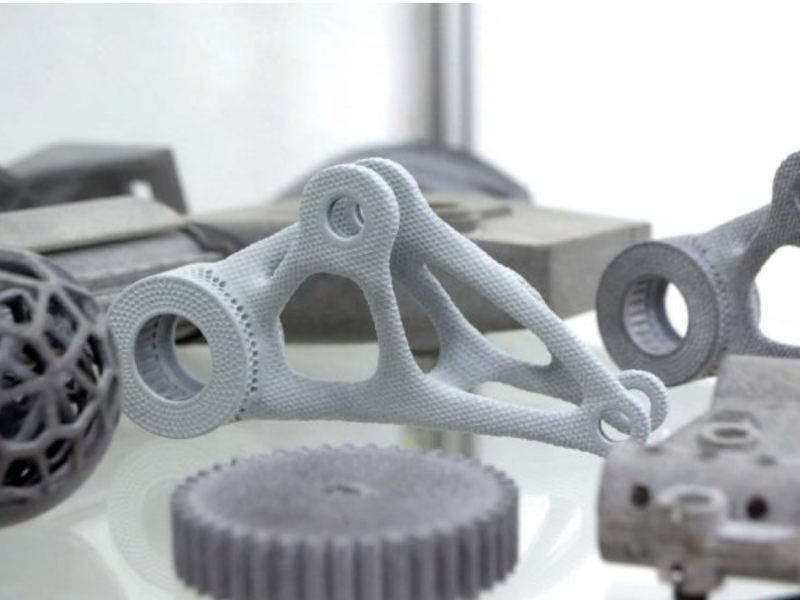
MJF Printing
MJF printing delivers strong, functional parts with no need for support structures, ideal for high-volume production, offering good accuracy and faster turnaround compared to other methods.

SLM Printing
SLM (Selective Laser Melting) uses a laser to melt metal powder layer by layer, creating strong, intricate parts with greater design freedom and precision.
Our 3D Printing Factory
Our 3D Printing Factory delivers innovative and precise solutions for complex designs. Equipped with cutting-edge technology, we create high-quality prototypes and parts with unmatched speed and accuracy.
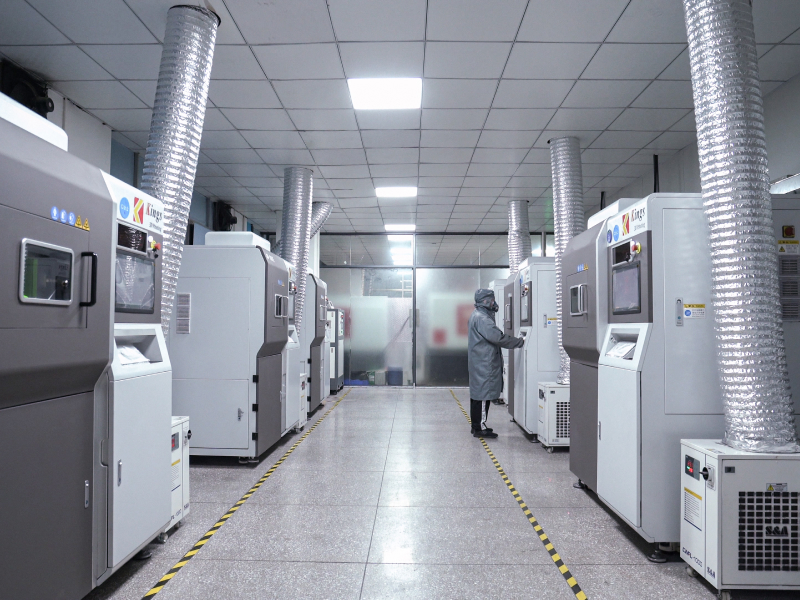
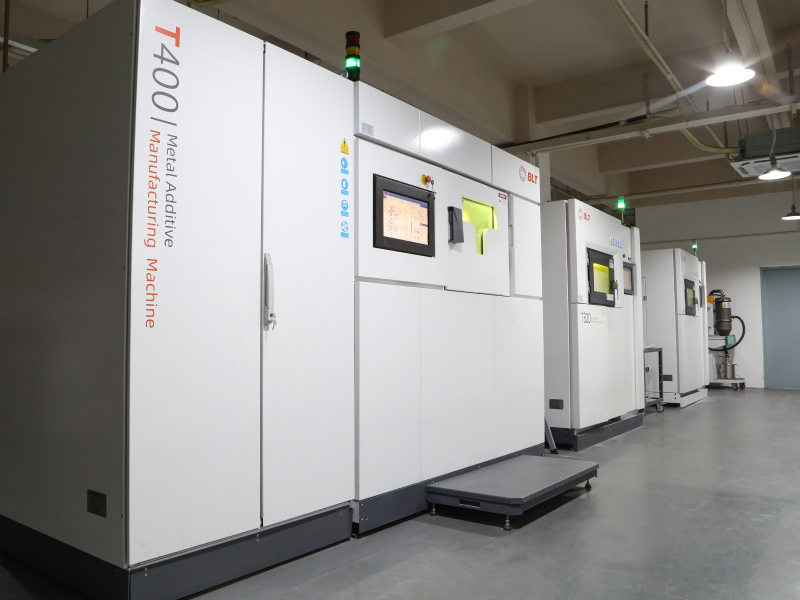
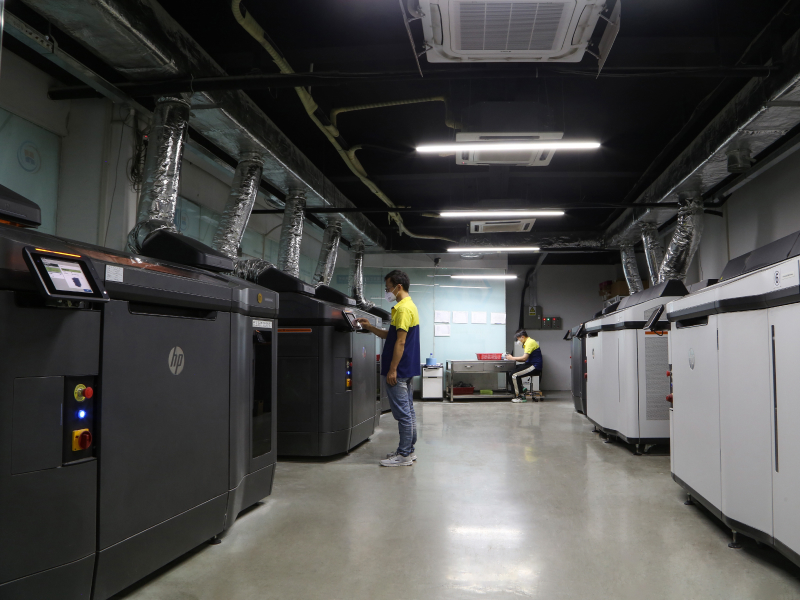

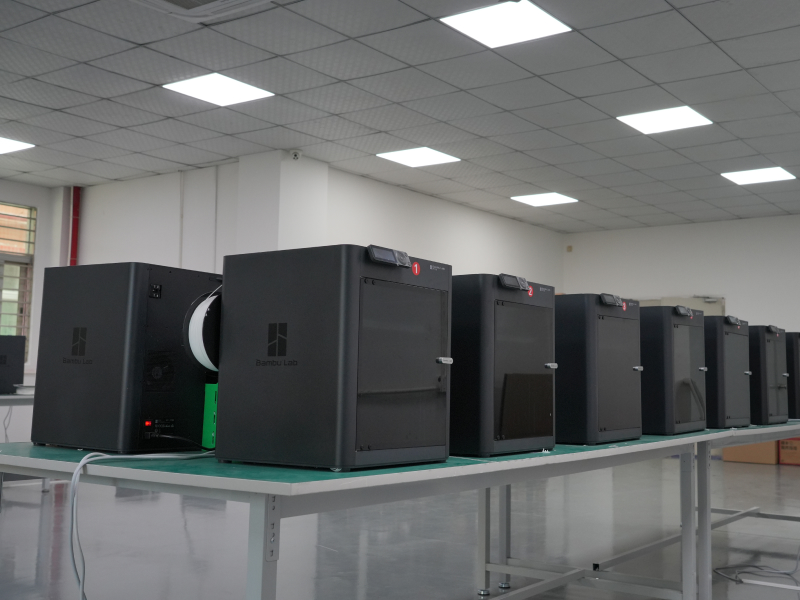
Gallery of 3D Printing Parts
Explore our gallery of 3D-printed parts showcasing precision and versatility. From prototypes to end-use components, see what’s possible with advanced 3D printing technologies.
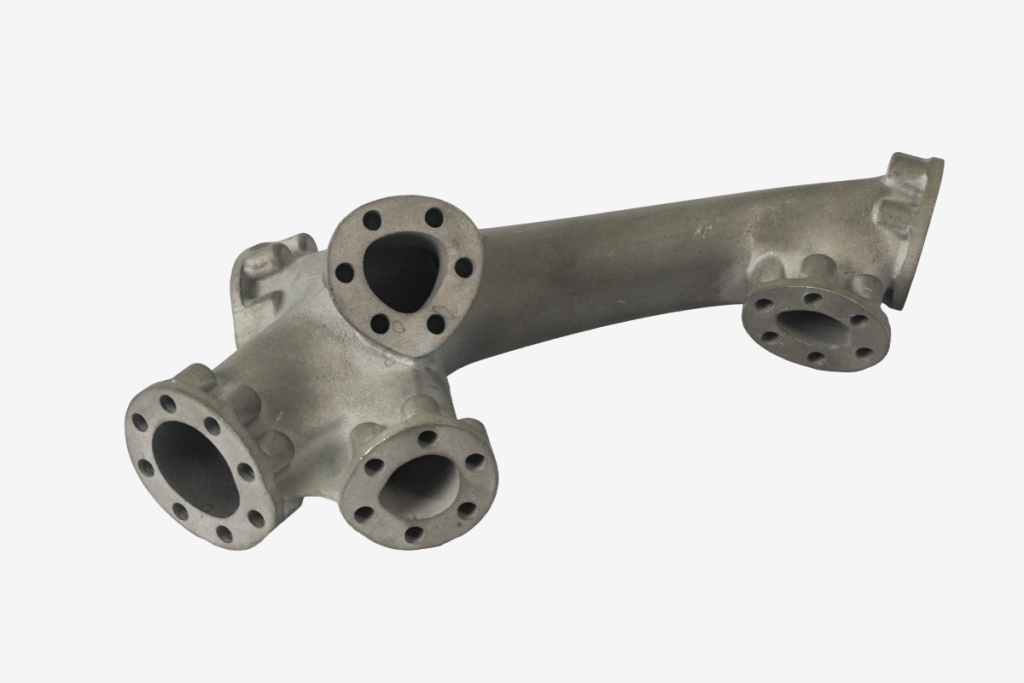
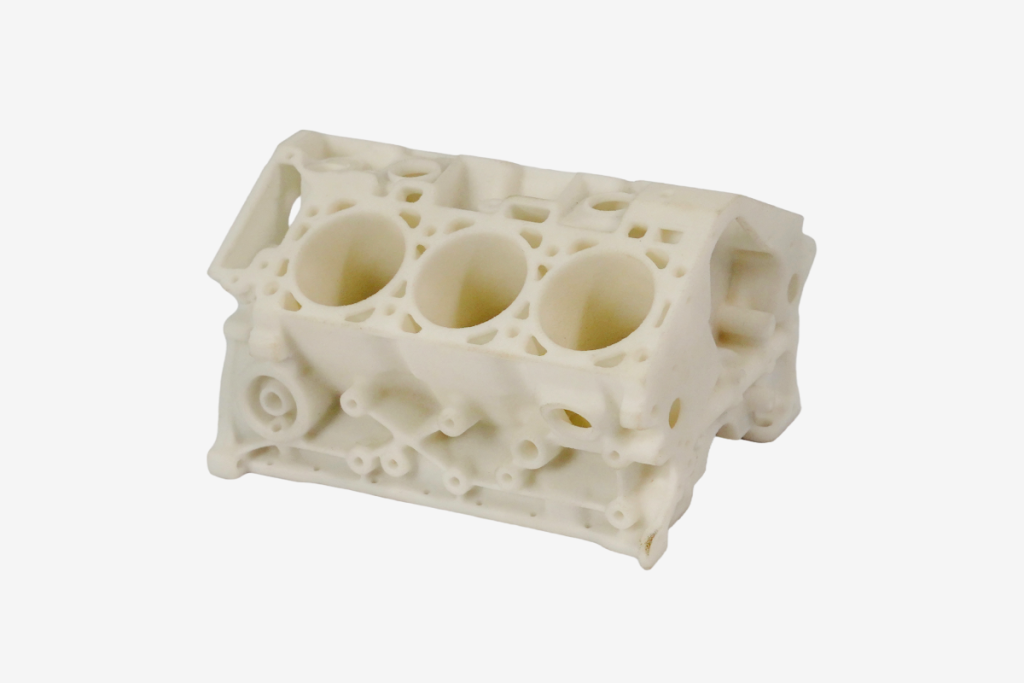

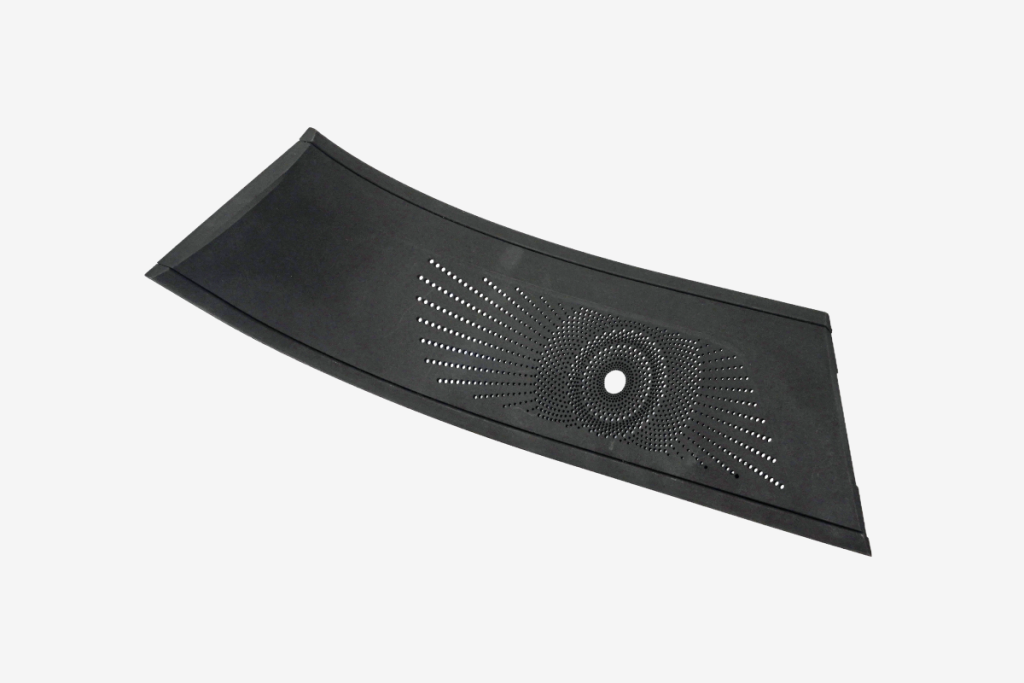
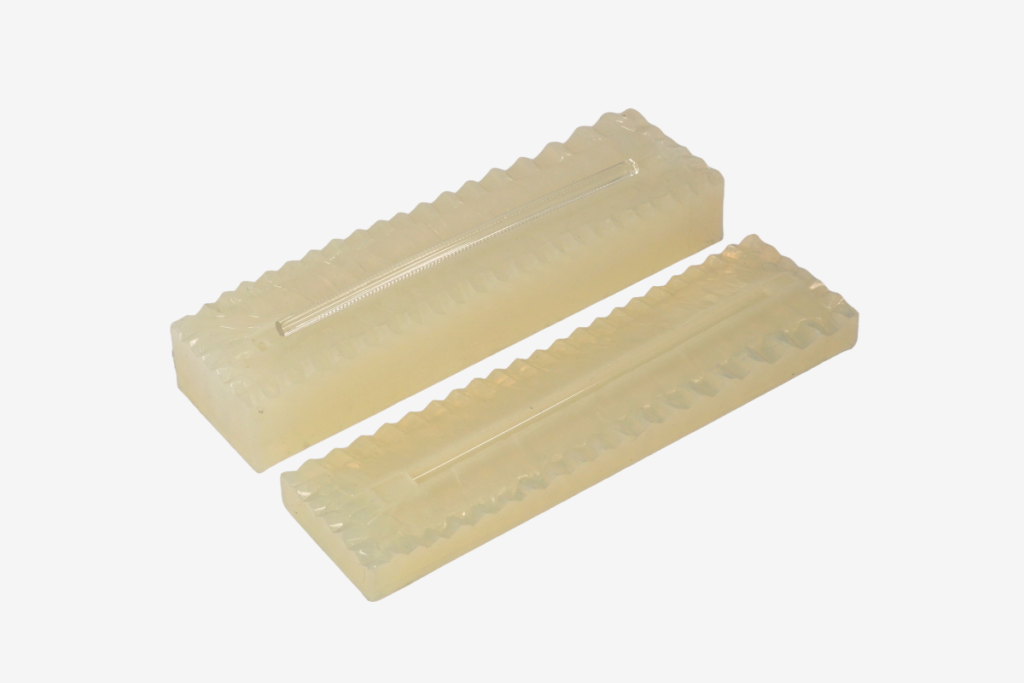

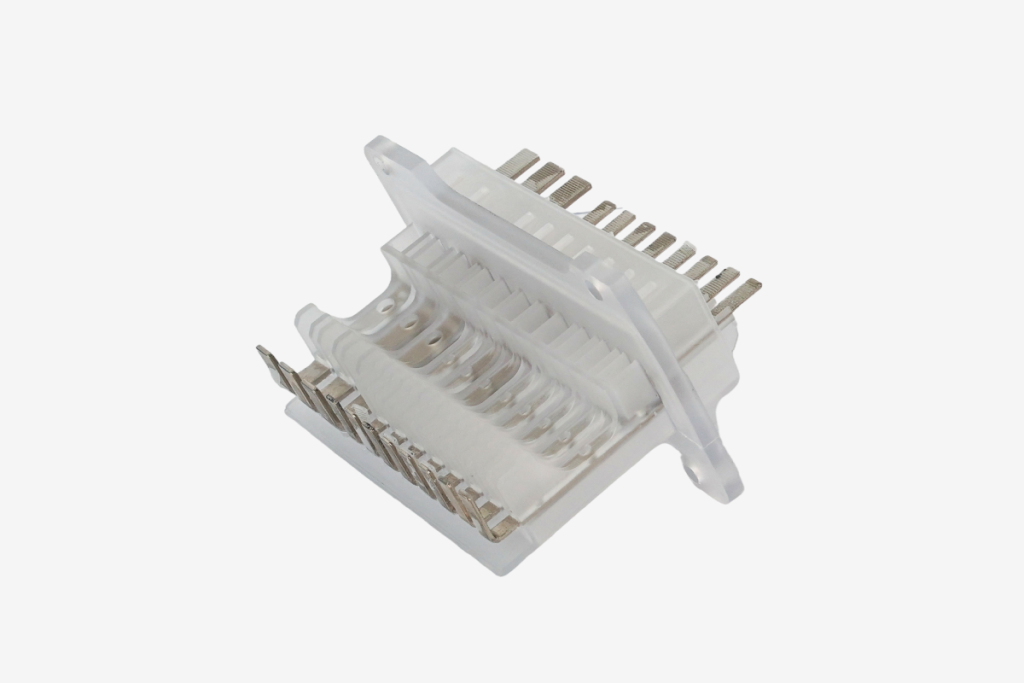
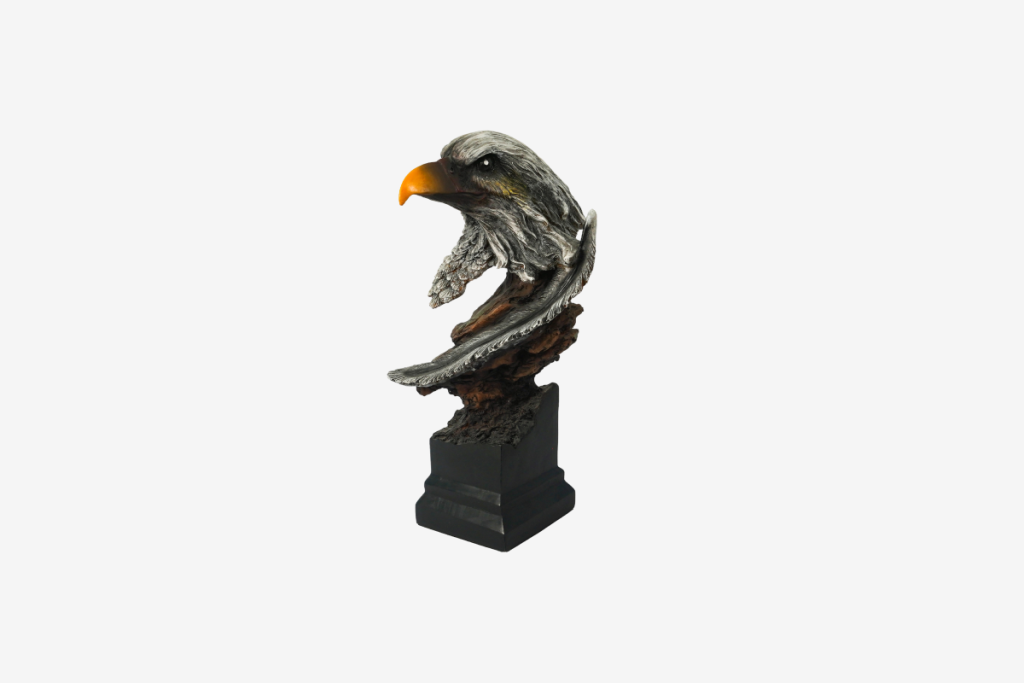
Why Choose Us
Outstanding Logistics Advantage
As VIP clients of DHL, UPS, and FedEx, we receive the most competitive rates and expedited, tailored service. Our skilled customs team guarantees smooth and timely deliveries, even during peak seasons, minimizing delays.
Unrivaled Quality
Get expert design feedback from our engineering team, ensuring top-quality 3D-printed parts and optimal part orientation for your needs.
Scale & Production
With over 245 3D printers, we handle everything from small batches to high-volume production, ensuring fast turnaround for both metal and plastic parts.
Unlimited Possibilities
Select from a vast range of materials, finishes, tolerances, markings, and certifications to customize your order to perfection.
Materials for 3D Printing Services
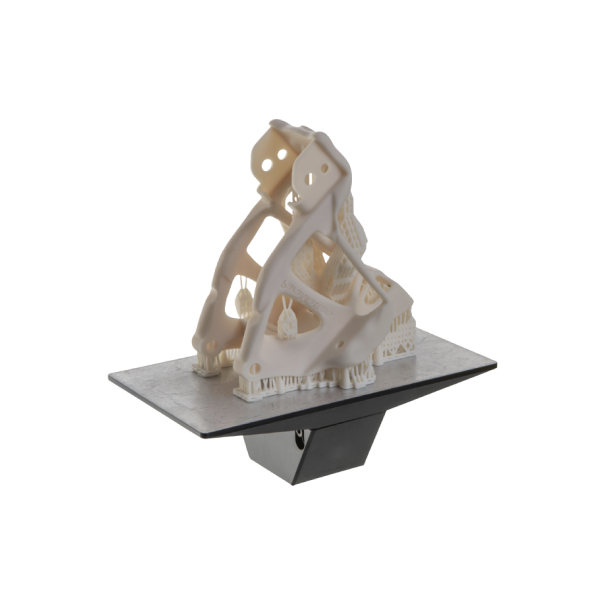
Photopolymer Resin
High-resolution materials, ideal for detailed prototypes and models, offering smooth finishes and versatile applications in various colors and properties.
- Black Resin 8000 (Imported)
- Translucent Photopolymer Resin
- Transparent Photopolymer Resin
- White Resin 9400 (Standard White)
- Yellow Resin 8400 (High Toughness)
- Large Size Yellow Resin 8400 (High Toughness)
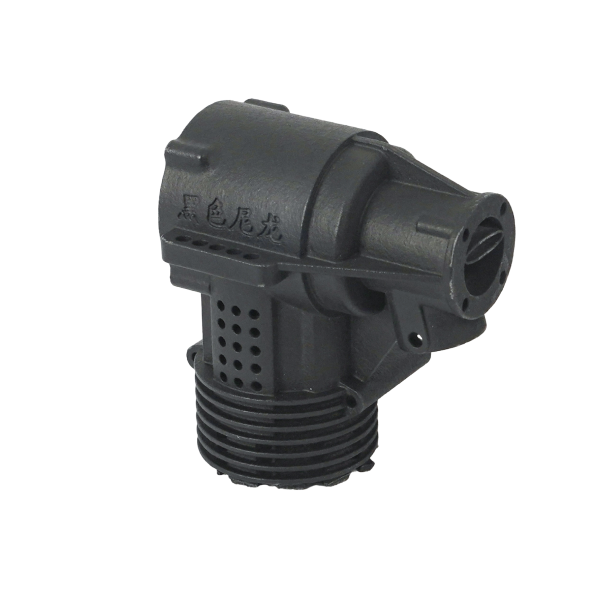
Nylon
Durable and versatile, ideal for functional parts, durable prototypes, and industrial applications with excellent wear resistance and strength.
- White Nylon 7000
- Light Black Nylon 7100
- HP Black Nylon 7500/4210 (Imported)
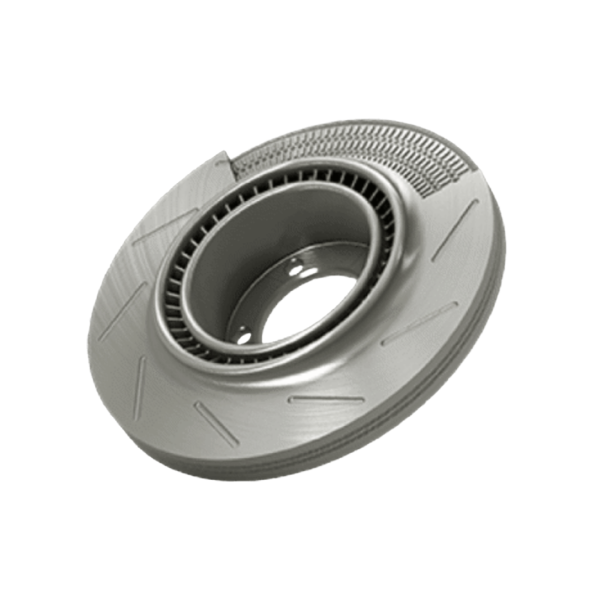
Metal
Strong, heat-resistant materials like stainless steel, titanium, and aluminum alloys, ideal for creating durable, complex parts used in aerospace, automotive, and industrial fields.
- Stainless Steel 316L
- Mold Steel MS1
- Titanium Alloy TC4
- Aluminum Alloy ALSi10Mg
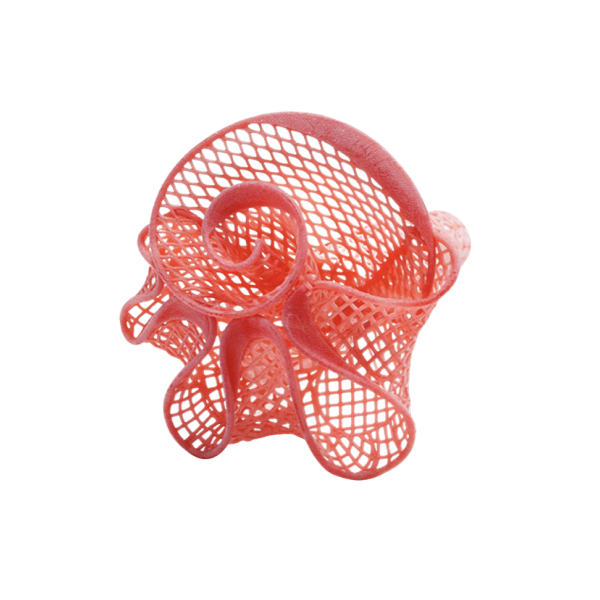
Others
Materials like red wax used for specific applications, such as casting or modeling, offering unique properties for niche uses.
- Red Wax
Custom 3D Printing Surface Finishes
Discover a range of surface finishes to enhance the appearance and functionality of your parts.
| Name | Color | Application/Materials | Description |
|---|---|---|---|
| Polishing | N/a | Metals / Plastics | A surface treatment that results in a smooth, shiny finish, enhancing the appearance and reducing surface roughness. Typically used to improve aesthetic appeal or functionality in applications requiring minimal friction or increased surface clarity. |
| Grinding | N/a | Metals / Plastics | A process that removes material from a surface using an abrasive tool, resulting in a smoother finish or precise dimensions. Commonly used for surface preparation, refinement, or achieving tight tolerances. |
| Oil Spraying | N/a | Metals / Plastics | A coating process where oil is sprayed onto the surface to provide lubrication, prevent rust, and improve corrosion resistance. It creates a thin, protective layer on metal surfaces. |
| Powder Coating | Available in various colors | Metals | A dry finishing process where powdered paint is applied to a surface and then cured under heat to form a durable, smooth, and protective layer. It enhances corrosion resistance and appearance. |
Gallery of 3D Printing Parts
Explore our gallery of 3D-printed parts showcasing precision and versatility. From prototypes to end-use components, see what’s possible with advanced 3D printing technologies.






Get Your Custom 3D Printed Parts Today
From prototypes to production, we deliver high-quality, cost-effective 3D printing solutions. Contact us for a fast quote and to get started!
Manufacturing Capabilities for Custom 3D Printing Services
Our 3D printing capabilities offer a wide range of materials and advanced technologies to meet your manufacturing needs. From rapid prototyping to small-batch production, we deliver high-quality, precise parts with fast turnaround times.
| Capabilities | Advantages | Disadvantages | Accuracy | Typical layer height |
|---|---|---|---|---|
| FDM | Cost-effective 3D printing for plastic parts ; Highly accessible | Lower resolution; Visible layer lines | ± 0.2 mm | 50-400 microns |
| SLA | High resolution; Smooth finish with no visible lines | Costlier than FDM; Parts degrade in sunlight; Needs extensive post-processing | ± 0.1 mm | 25-100 microns |
| MJF | Produces strong, functional parts with no need for support structures; Ideal for high-volume production | Porous, rough surface finish; Limited material options | ± 0.2 mm | 75-100 microns |
| SLM | Durable, complex parts. | Small build size, expensive cost. | ± 0.2 mm | 20-50 microns |
The data shown is for reference only and may vary based on your customization. Please reach out to us, and we’ll be happy to assist you with any questions!
How to Work with Our Custom 3D Printing Services
Our streamlined process ensures your designs are brought to life quickly and efficiently.
Upload CAD Design
Begin by uploading your 3D model or CAD design to our form.
Quote & DFM Review
We provide a quick quote and DfAM analysis to optimize your design for accuracy and cost-effectiveness in 3D printing.
Order Confirmation
Once you approve the quote and analysis, we confirm your order and schedule production, ensuring all specifications are met.
Start Production
Once confirmed, we begin 3D printing with our advanced equipment, ensuring precision and quality inspection before shipping.
How to Work With Us
Our streamlined process ensures your designs are brought to life quickly and efficiently.
Begin by uploading your 3D model or CAD design to our platform. You can also email your design files to us for review.
We provide a quick quote and DfAM analysis to optimize your design for accuracy and cost-effectiveness in 3D printing.
Once you approve the quote and analysis, we confirm your order and schedule production, ensuring all specifications are met.
Once confirmed, we begin 3D printing with our advanced equipment, ensuring precision and quality inspection before shipping.
Ready to Turn Your Ideas Into Reality?
Our team is ready to help you create custom 3D printed parts from rapid prototypes to full-scale production. Contact us today to get an instant quote and start your project!
3D Printing Service FAQs
3D printing is a manufacturing process that builds objects layer by layer from a digital 3D model. It can use a wide range of materials, such as plastics, metals, and resins, to create everything from functional prototypes to complex production parts. The process works by either extruding material in thin layers or using technologies like lasers to solidify powdered or liquid materials. The method chosen depends on factors like the material, required finish, and part complexity.
3D printing offers several key benefits, including the ability to produce complex designs that traditional methods struggle to achieve. It enables faster prototyping, which speeds up product development. Since it doesn’t require expensive tooling, 3D printing is cost-effective for low-volume production. Additionally, it allows for greater flexibility, as designs can be easily modified without significant delays.
The time required for 3D printing depends on factors like part size, complexity, and the printing technology used. Smaller and simpler parts can often be produced in as little as one to three days, while larger or more detailed projects may take longer. If you provide your design file, we can give you a more accurate estimate based on your specific project requirements.
The cost of 3D printing varies based on the design, material, and chosen printing process. Post-production operations, such as finishing or manual work, often contribute significantly to the overall cost. For end-use parts, laser-based processes like SLS (Selective Laser Sintering) are typically an economical choice, especially when cost is a priority.
Choosing the best 3D printing technology depends on the specific requirements of your project. Consider factors such as material strength, heat resistance, water resistance, and surface finish. These criteria will help you determine whether plastic or metal 3D printing suits your application. If unsure, our team can guide you to the most appropriate technology for your needs.
While 3D printing is excellent for prototyping and small-batch production, it’s not typically the first choice for large-scale manufacturing. Traditional methods like injection molding are more cost-effective and efficient when producing high volumes. However, 3D printing is ideal for customized products or small, flexible runs. As this technology continues to advance, it may also play a bigger role in mass production.
For the best results, we recommend submitting design files in either STEP (.stp) or STL (.stl) formats. These formats ensure high accuracy and detailed prints. If your design is in a different format, converting it to one of these formats will help preserve its integrity during the printing process. Our team is available to assist with any questions regarding file formats or conversions.
Laets Blog
